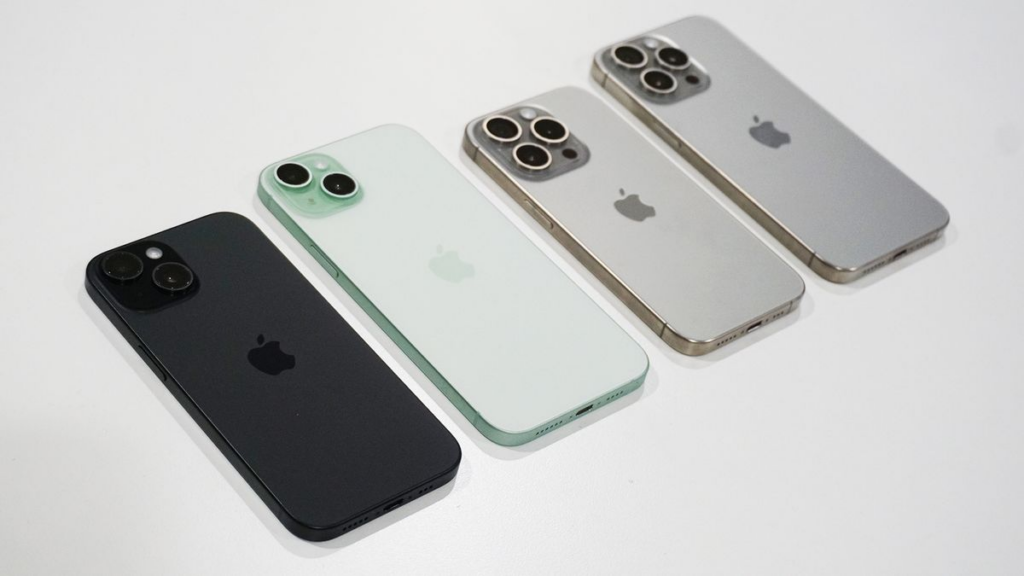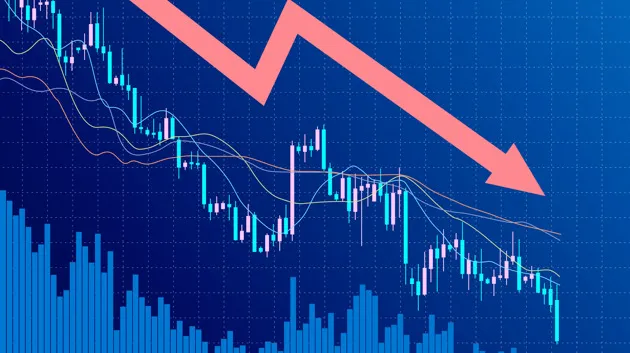President Donald Trump’s tariffs have caused a stir in global markets, with tech companies, consumers, and governments feeling the effects. The imposition of tariffs on Chinese imports and other foreign goods has raised concerns about potential price hikes and supply chain disruptions. From smartphones to video game consoles, and even satellite internet, the impact of these tariffs could change the way people buy their favorite tech products.
What’s Happening & Why This Matters
Trump’s tariff strategy is having a ripple effect on multiple industries, especially in the consumer electronics sector. His latest round of trade policies includes increasing tariffs on Chinese goods and other countries in Asia, directly targeting products like iPhones, gaming consoles, and electric vehicles. The result? The prices of popular devices could increase, forcing consumers to dig deeper into their pockets to afford their favorite gadgets.
Apple, one of the most profitable companies in the world, is feeling the pressure. The iPhone 16 Pro Max, which costs $1,599, could rise to $2,300 due to the higher tariffs. This increase stems from the additional 43% tariff on Chinese-made goods, which would apply to iPhones primarily assembled in China. If Apple passes these increased costs on to consumers, the retail price could climb significantly. Similarly, the more affordable iPhone 16e, which currently costs $599, might see a rise to $856. These potential price hikes would affect a wide array of buyers, especially those looking for the newest smartphone models.

In addition to iPhones, Nintendo is also affected. The company recently delayed preorders for its Switch 2 gaming console, initially set for April 9, 2025. The delay is due to the tariffs imposed on Vietnam and Cambodia, where a large portion of Nintendo’s hardware is produced. The tariffs, 46% on Vietnamese goods and 49% on Cambodian products, could force Nintendo to raise the price of the Switch 2 from $449.99 to as much as $660, depending on how the company decides to handle the tariff burden.
Moreover, Canada has retaliated against the U.S. tariffs by targeting some of Elon Musk’s companies. Yukon, a territory in Canada, has canceled Starlink accounts that aren’t essential for business continuity or emergency response. This is part of a broader response to Trump’s tariffs on cars imported from Canada, signaling that the trade war between the U.S. and other nations is far from over.

As businesses like Apple and Nintendo face the tough decision of whether to absorb the additional costs or raise prices, the global economy braces for the fallout. Companies are exploring various ways to handle the tariff impact, from negotiating exemptions to relocating manufacturing to countries with lower tariffs. However, with the tariffs expected to continue, it’s unclear how much tech companies can protect their margins without affecting consumer prices.
TF Summary: What’s Next
As the tariff battle continues, tech companies like Apple and Nintendo will need to adapt to the evolving trade environment. The likelihood of price increases on electronics remains high, potentially leading to consumer backlash. With China and other countries engaged in reciprocal tariffs, the global supply chain faces significant disruption. Manufacturers will likely look for ways to mitigate costs, possibly by relocating production to countries with lower tariff rates or negotiating tariff exemptions. However, the long-term effects on consumer prices and market behavior will likely depend on how quickly these companies can adjust to the growing complexity of international trade regulations.
— Text-to-Speech (TTS) provided by gspeech


